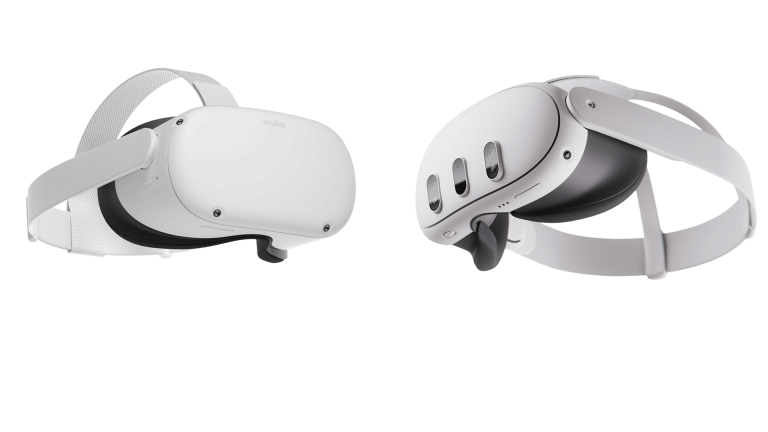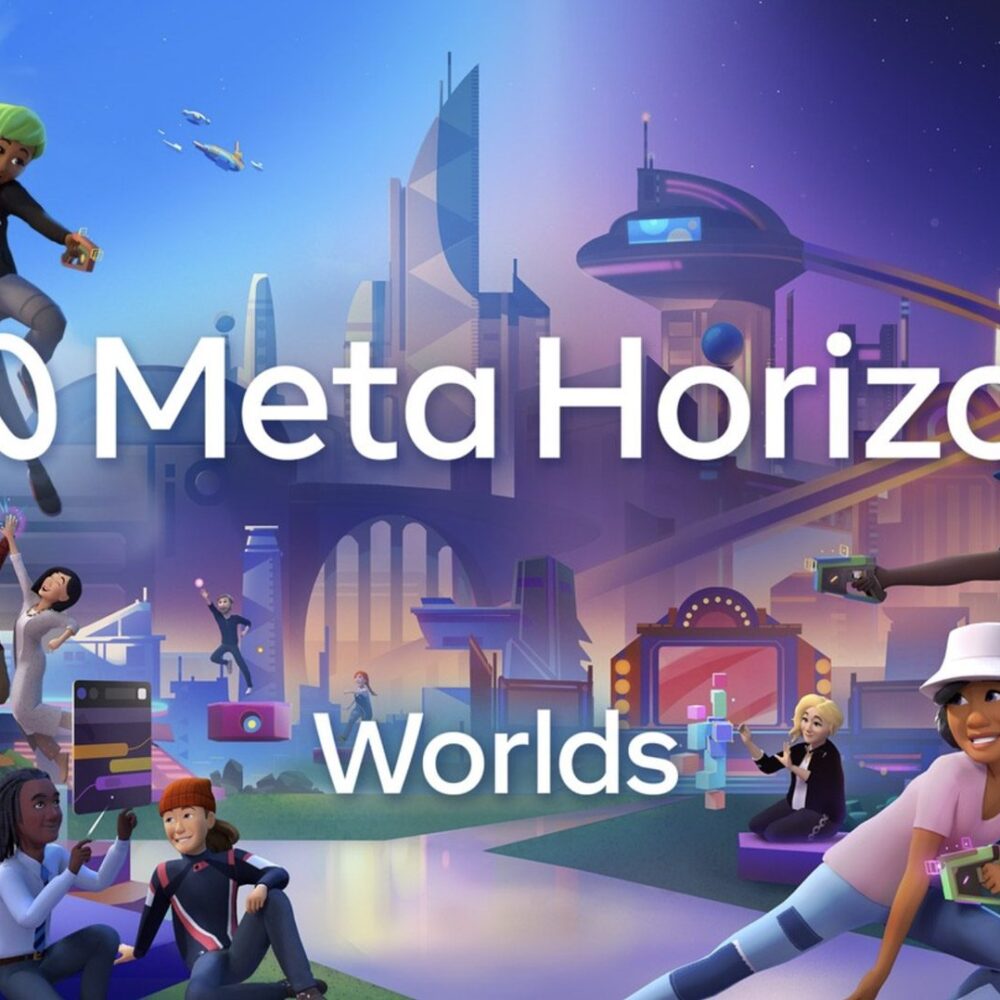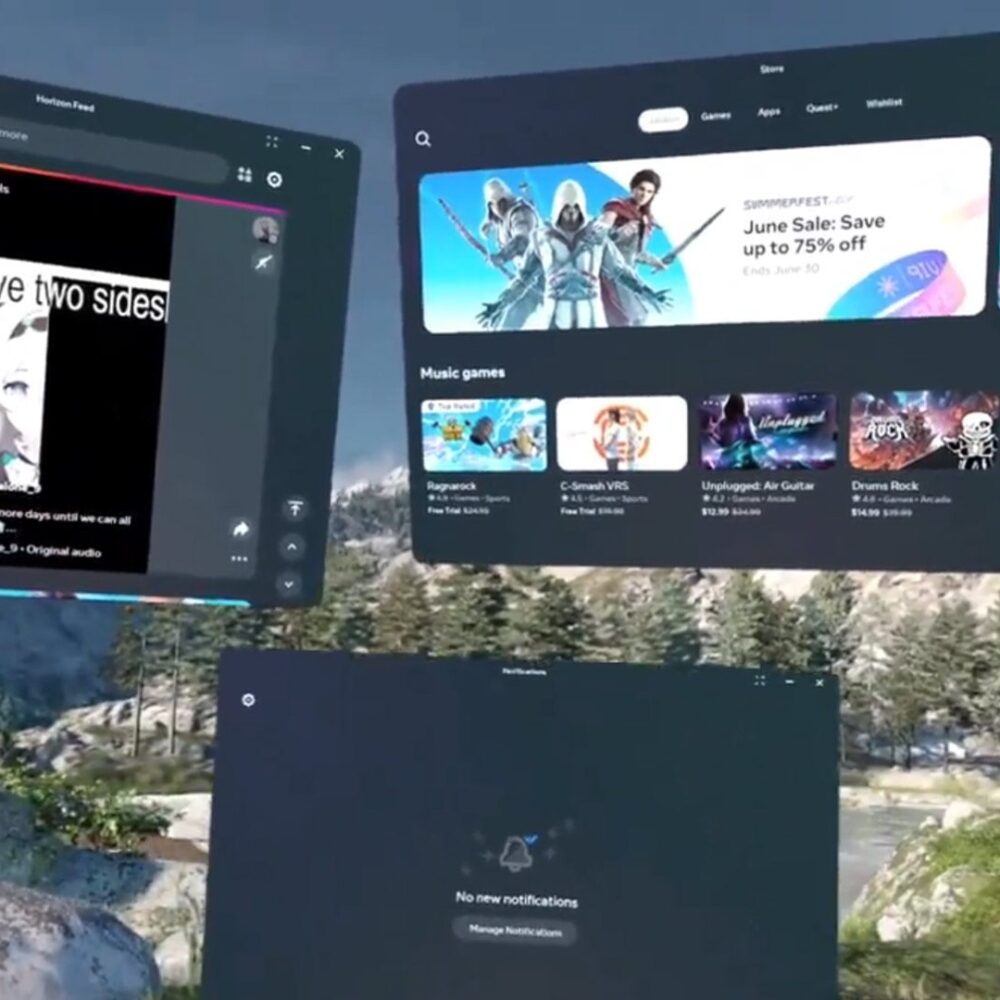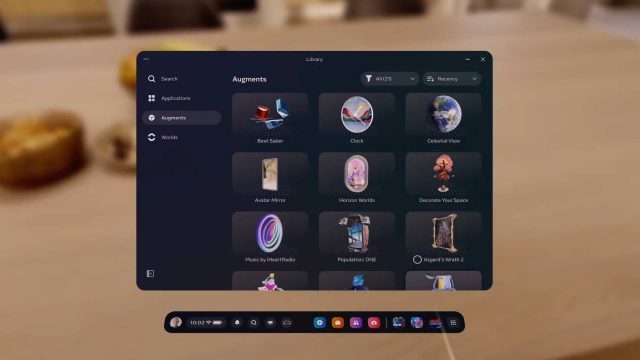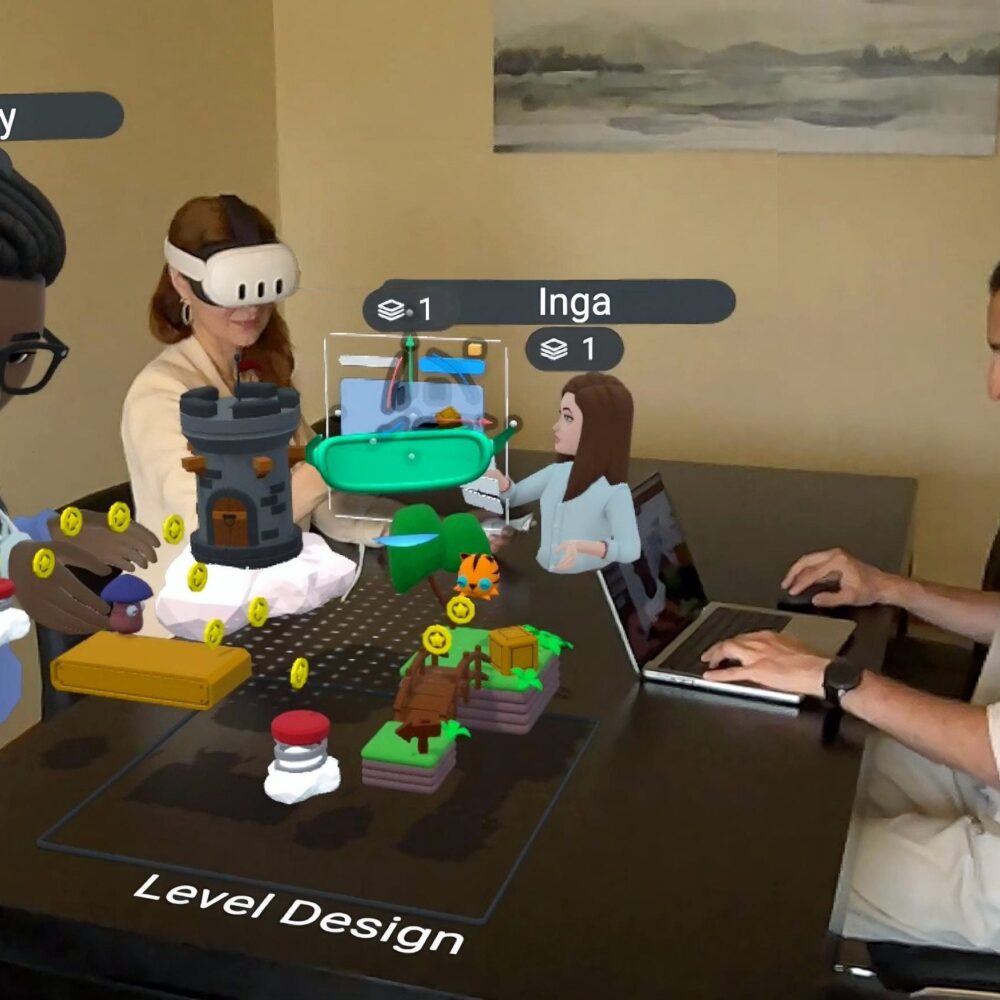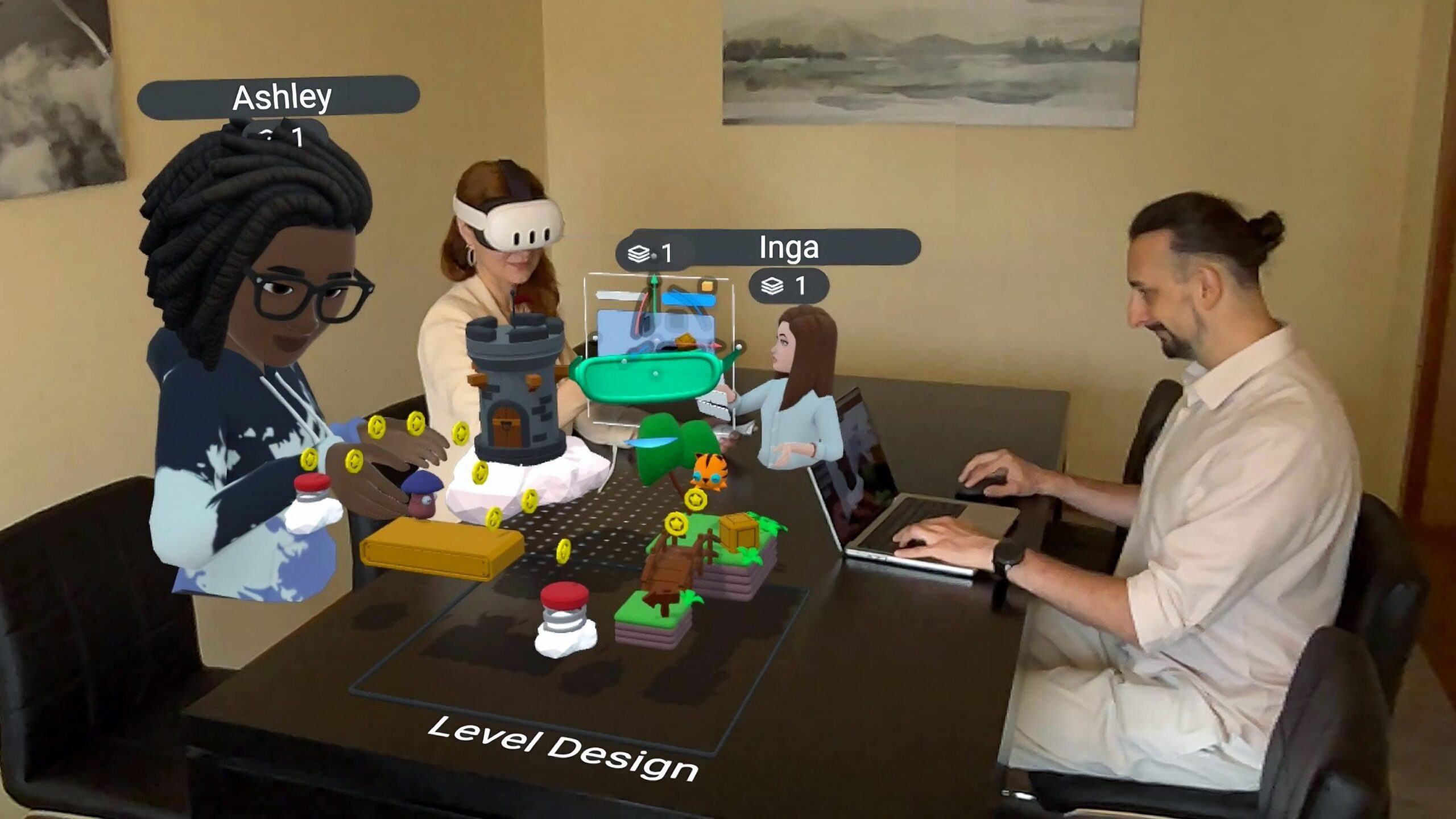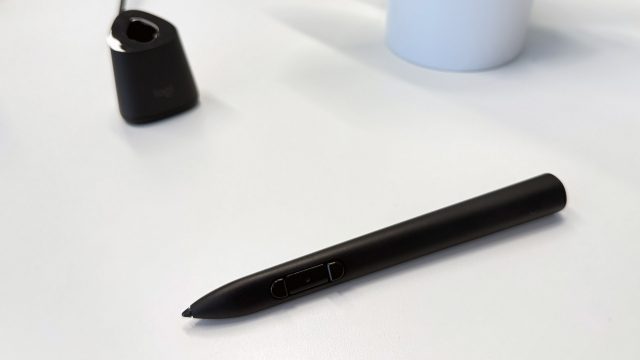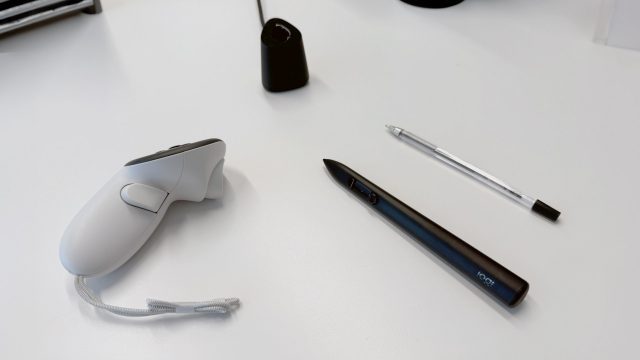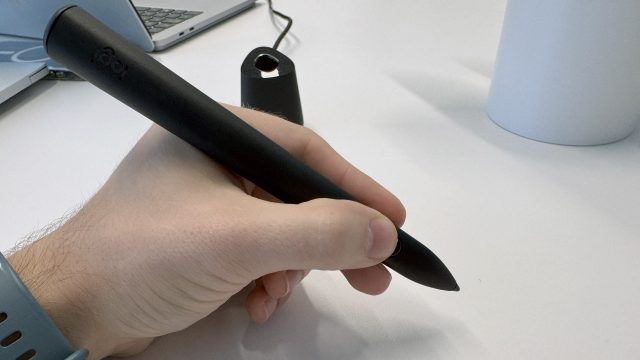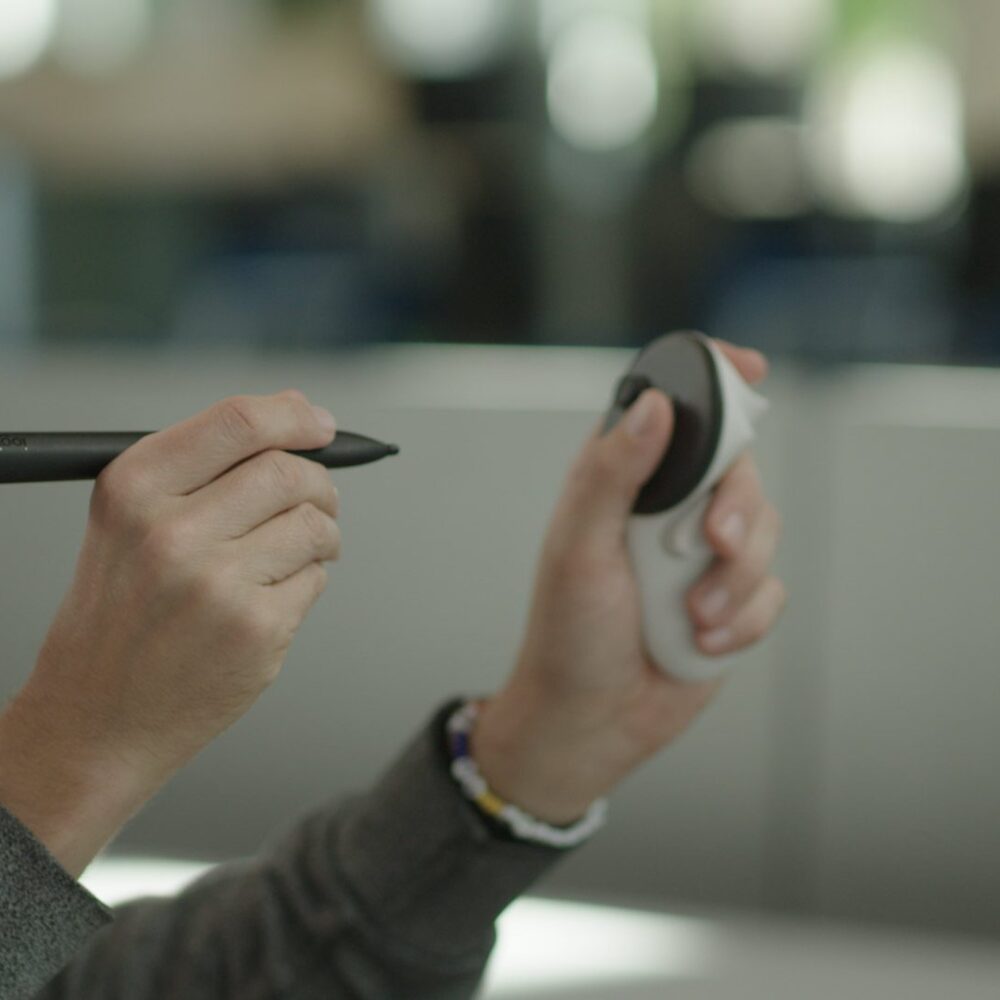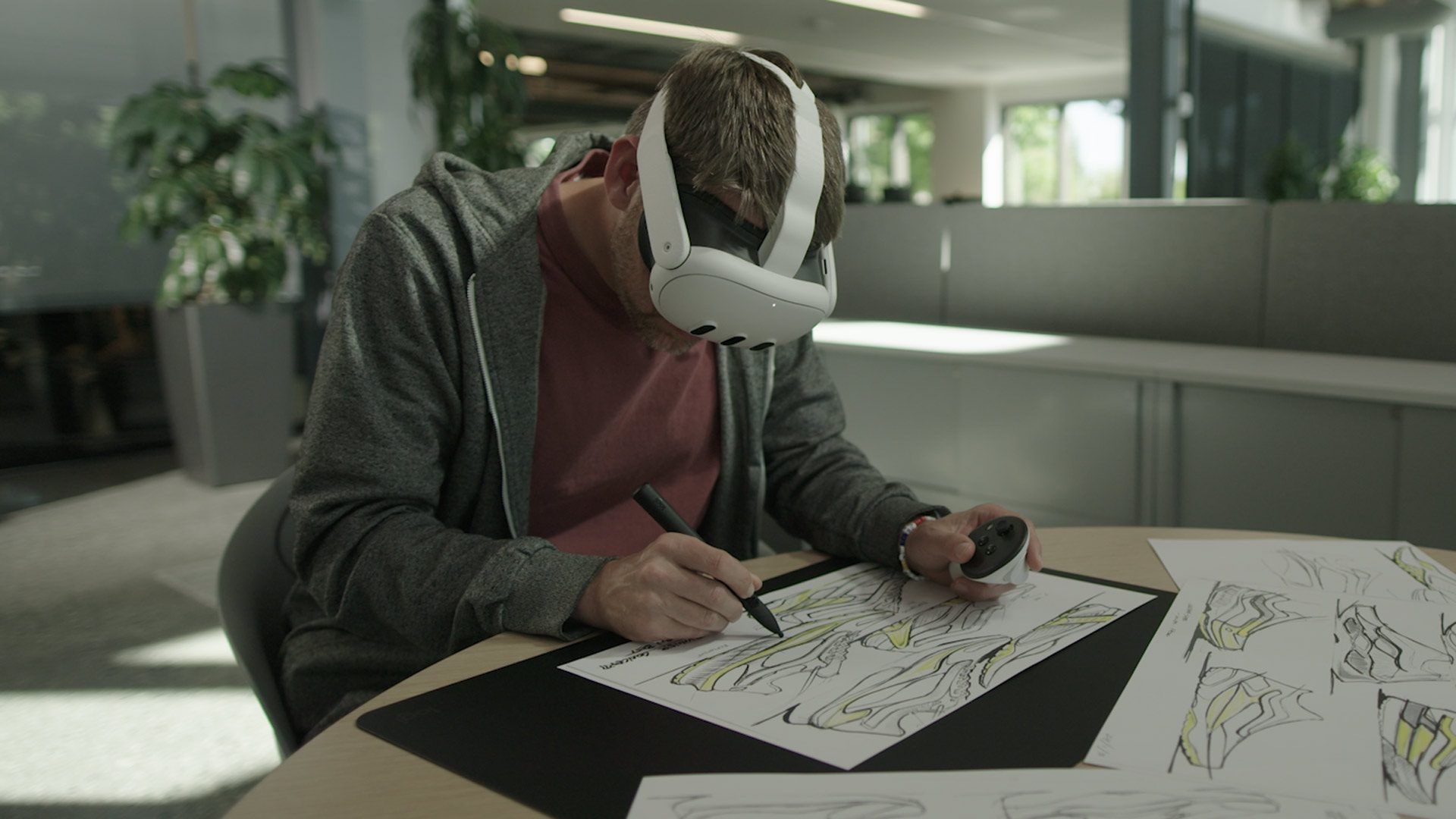Availability of Quest 2 direct from Meta seems to have dried up, as the company’s last-gen headset is now showing out of stock in nearly all regions—likely making way for what’s next.
Although you can probably find new Quest 2 headsets from the usual online retailers and stores, when Meta pulls the plug on direct availability on any headset, it typically means there’s something just around the corner.
At the time of this writing, the only region with availability direct from Meta is the UK, which still has the 128GB variant in stock, priced at £200.
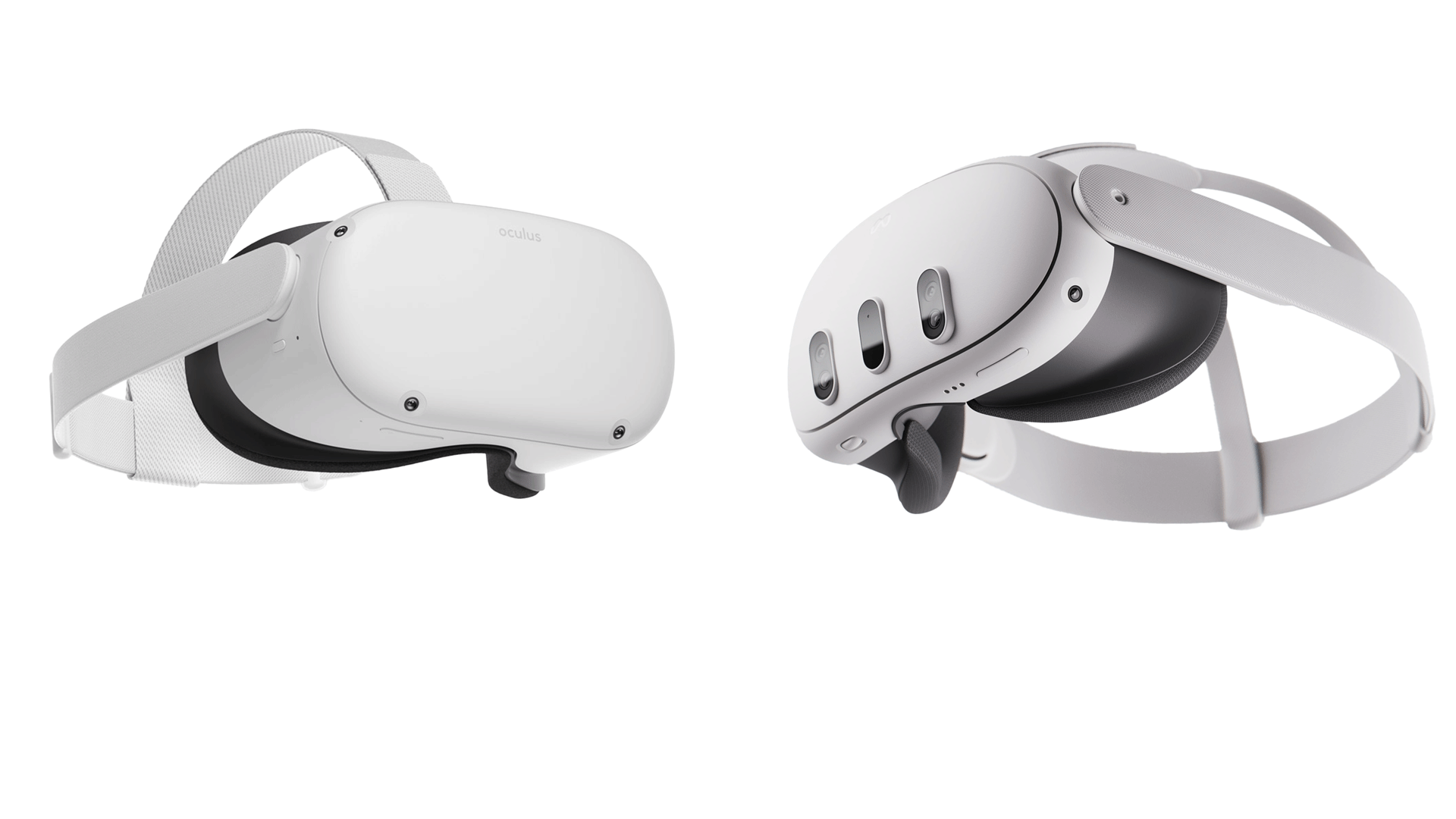
The chief rumor going around is the company’s next headset will replace Quest 2 as its cheaper, lower-end hardware next to its flagship headset, Quest 3.
Last month an official app listing seemingly revealed the name of the device in question: ‘Quest 3S’. Another rumor from credible leaker Luna even points to the full spec list of the supposed Quest 3S.
Meta hasn’t confirmed as much, however the company is indeed planning to release a cheaper VR headset in 2024, making the next logical opportunity for launch sometime around its upcoming Connect developer conference, which is planned for September 25th-26th.
Initially released in late 2020, Meta has tinkered with Quest 2 variants and pricing over the years. Most recently, the company slashed the price of Quest 2’s 128 GB version to just $200, likely making it the headset’s final barnburner sale.
Meanwhile, Meta will soon be making a monumental shift in how it operates by releasing its XR operating system to third-party OEMs for the first time, which will see Quest-like devices from ASUS, Lenovo, and Xbox—all of which will have the same OS, content library, and Horizon Worlds social VR layer.
